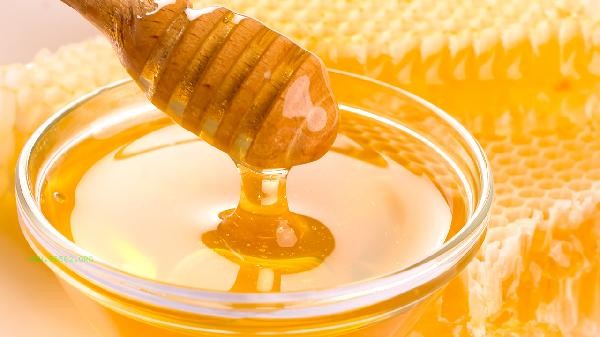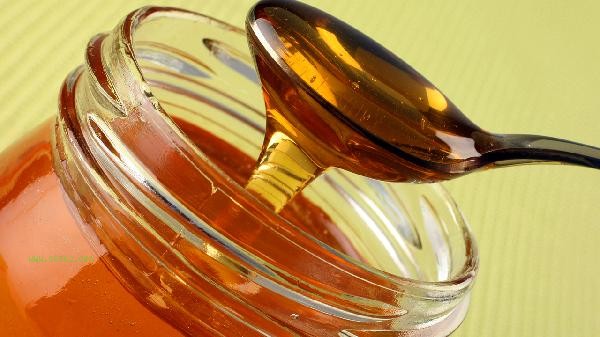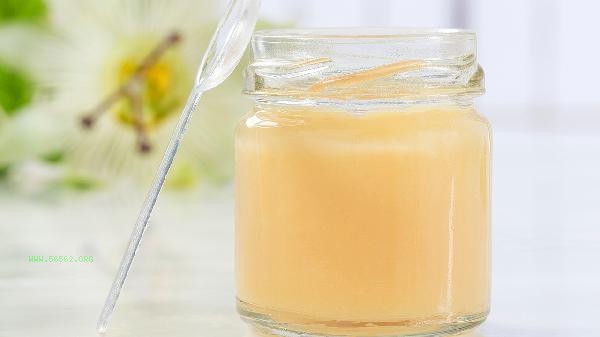True and false honey can be preliminarily judged by observing its color, testing its viscosity, checking its crystalline state, smelling its aroma, and tasting its taste. The authenticity identification of honey mainly involves sensory characteristics, physical properties, and differences in composition.

1. Observing the color
Natural honey has a water white to dark amber color depending on the source plant, with good transparency but not completely transparent. Fake honey is often mixed with syrup, and its color may be too uniform or appear unnatural and translucent. Some fake honey with added pigments may exhibit layering or sedimentation. True honey can observe fine suspended pollen particles under strong light.
2. Testing viscosity
True honey can achieve a drawing length of over 5 centimeters at 20 ℃, and it is not easy to penetrate when dropped on paper towels. Fake honey, due to its high water content or the addition of thickeners, may experience wire breakage or excessive viscosity. During low temperatures in winter, the viscosity of real honey increases significantly, while the viscosity of fake honey mixed with substances such as maltose does not change significantly.
3. Checking crystallization
Most real honey will gradually crystallize below 14 ℃, with fine and soft crystalline particles that are easy to melt when twisted. Fake honey may exhibit non crystalline, hard crystalline, or layered phenomena. A few honey varieties, such as locust blossom honey, crystallize slowly, while fake honey mixed with white sugar has coarse crystal particles and a noticeable tactile sensation.

4. Smell
True honey has a natural floral fragrance corresponding to the honey source plant, and high temperature heating can destroy the aromatic substances and cause the odor to become lighter. False honey may give off the pungent sweet taste of essence or have no smell at all. Some adulterated honey will add essence to imitate specific flower fragrance, but the smell duration is short and the level is single.
5. Taste
True honey has a rich and long-lasting sweet taste, with some honey varieties having a slightly sour or slightly spicy throat sensation, and a floral aftertaste. Fake honey has a single and fast fading sweetness, and may have a metallic taste of residual chemical sweeteners. Fake honey made with white sugar has a caramel flavor, while fake honey mixed with high fructose corn syrup has a bland sweetness.

It is recommended to choose regular channel products for daily honey purchase, and check the product execution standard number and testing report. Real honey contains a variety of active enzymes and trace elements, but diabetes patients still need to control their intake. When storing, glass containers should be sealed to avoid high temperatures and direct sunlight. If abnormal fermentation or mold growth is found in honey, consumption should be stopped immediately. By comprehensively utilizing multiple identification methods, the probability of purchasing adulterated honey can be effectively reduced.








Comments (0)
Leave a Comment
No comments yet
Be the first to share your thoughts!